Paperchase - UX and checkout flow optimisation
Optimised the UX and checkout flow of the website, resulting in a 20% boost in user engagement and a seamless shopping experience.
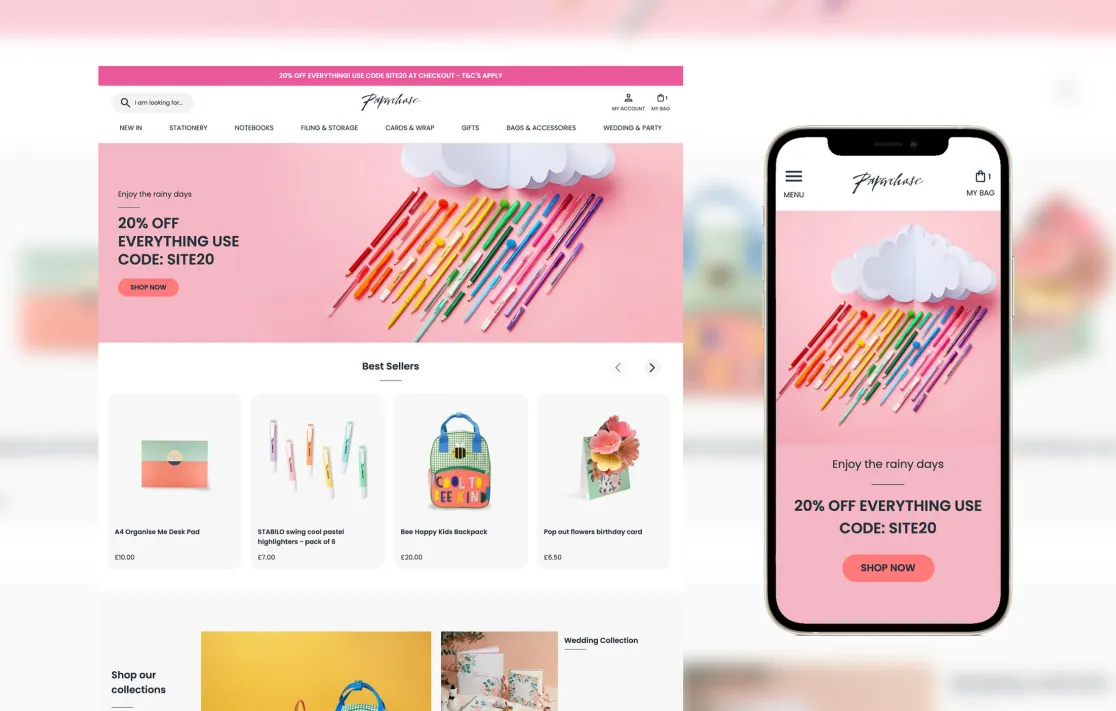
Optimised the UX and checkout flow of the website, resulting in a 20% boost in user engagement and a seamless shopping experience.

Paperchase is a leading stationery retailer with over 125 stores across the UK and international presence in Europe, the USA, and the UAE. The brand sought to revitalise its e-commerce experience to reflect its in-store charm while improving engagement and driving conversions across digital platforms.
• Lead the UX design process, from concept ideation to final delivery.
• Communicated design concepts, and rationale effectively to stakeholders.
• Collaborated closely with the web developer to ensure smooth and high-quality implementation.
• Established a design system to ensure consistency and scalability across the website.
Figma, Maze, Photoshop, Asana, Slack, Google Analytics.
2021
UX/UI Designer, Project Manager, Web Developer, Content Writer, SEO Specialist
Paperchase's digital experience failed to reflect the delight and ease of its in-store experience. User engagement was low, and the checkout process had high abandonment rates, leading to missed revenue opportunities.
The main goals were to elevate the visual and user experience to match the brand's identity, increase product discoverability and user engagement, optimise the checkout process to reduce drop-offs, and create a scalable, consistent design system for future growth.
The project began by gaining a holistic view of customer pain points and business needs:
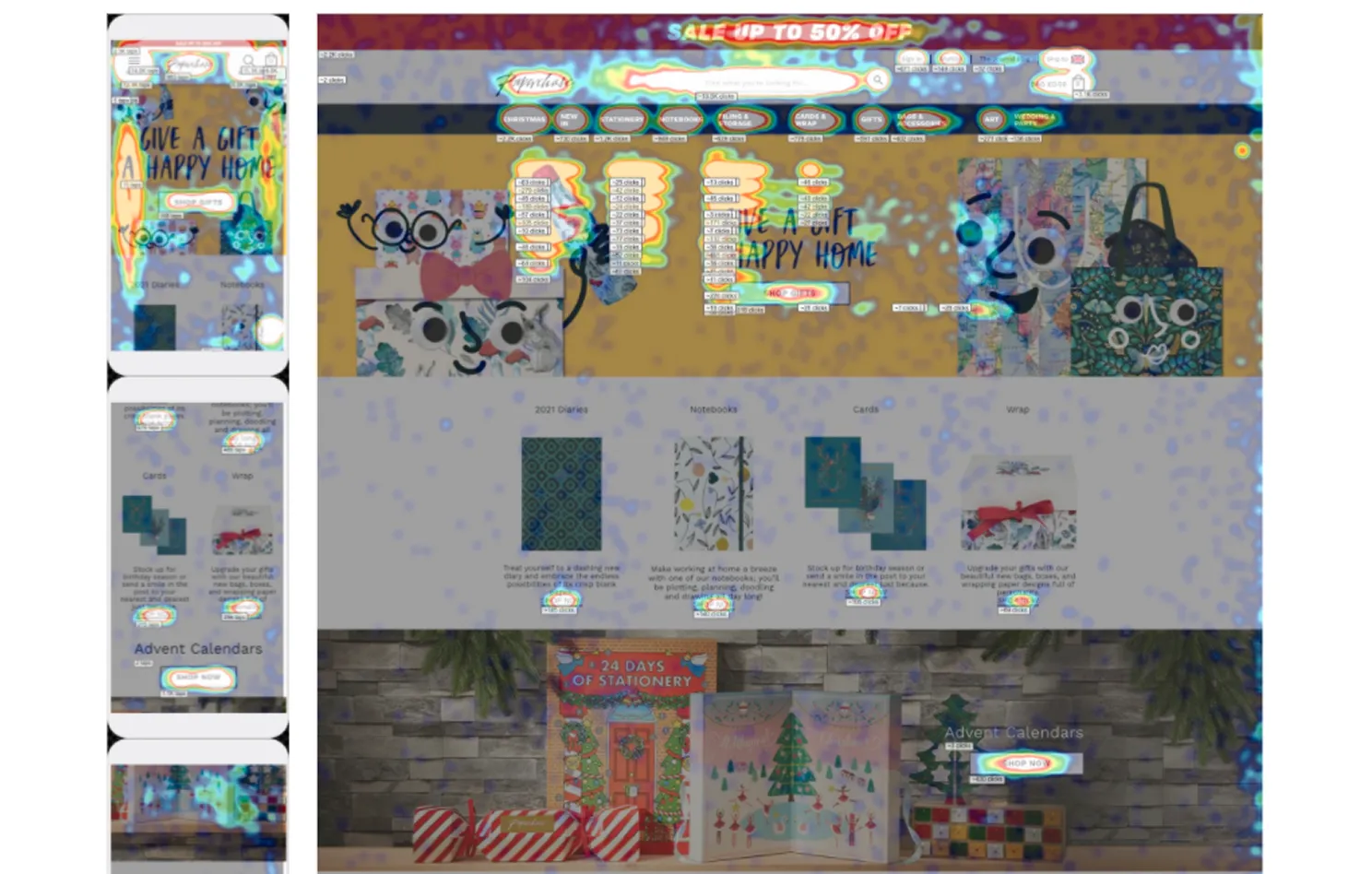
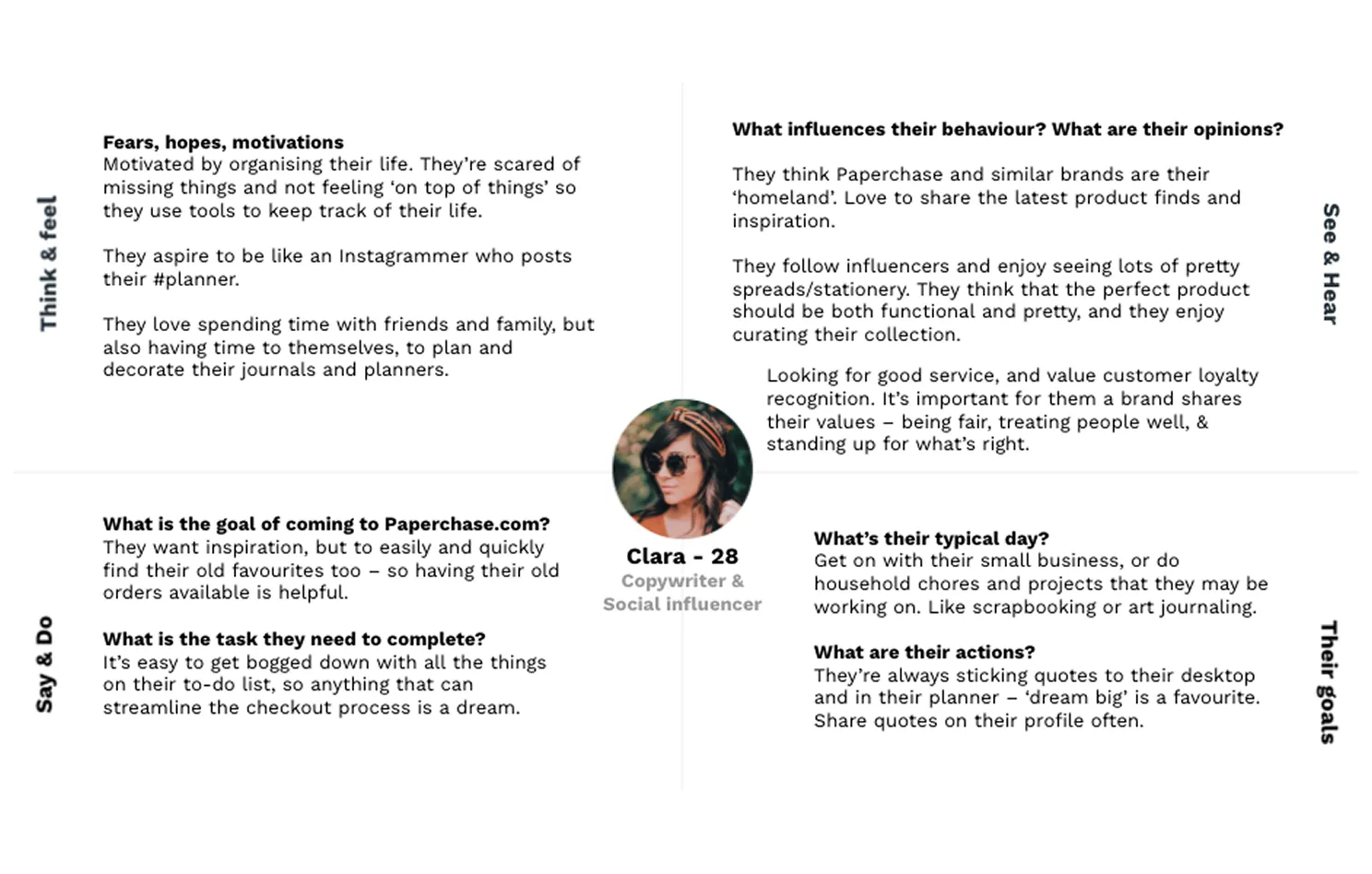

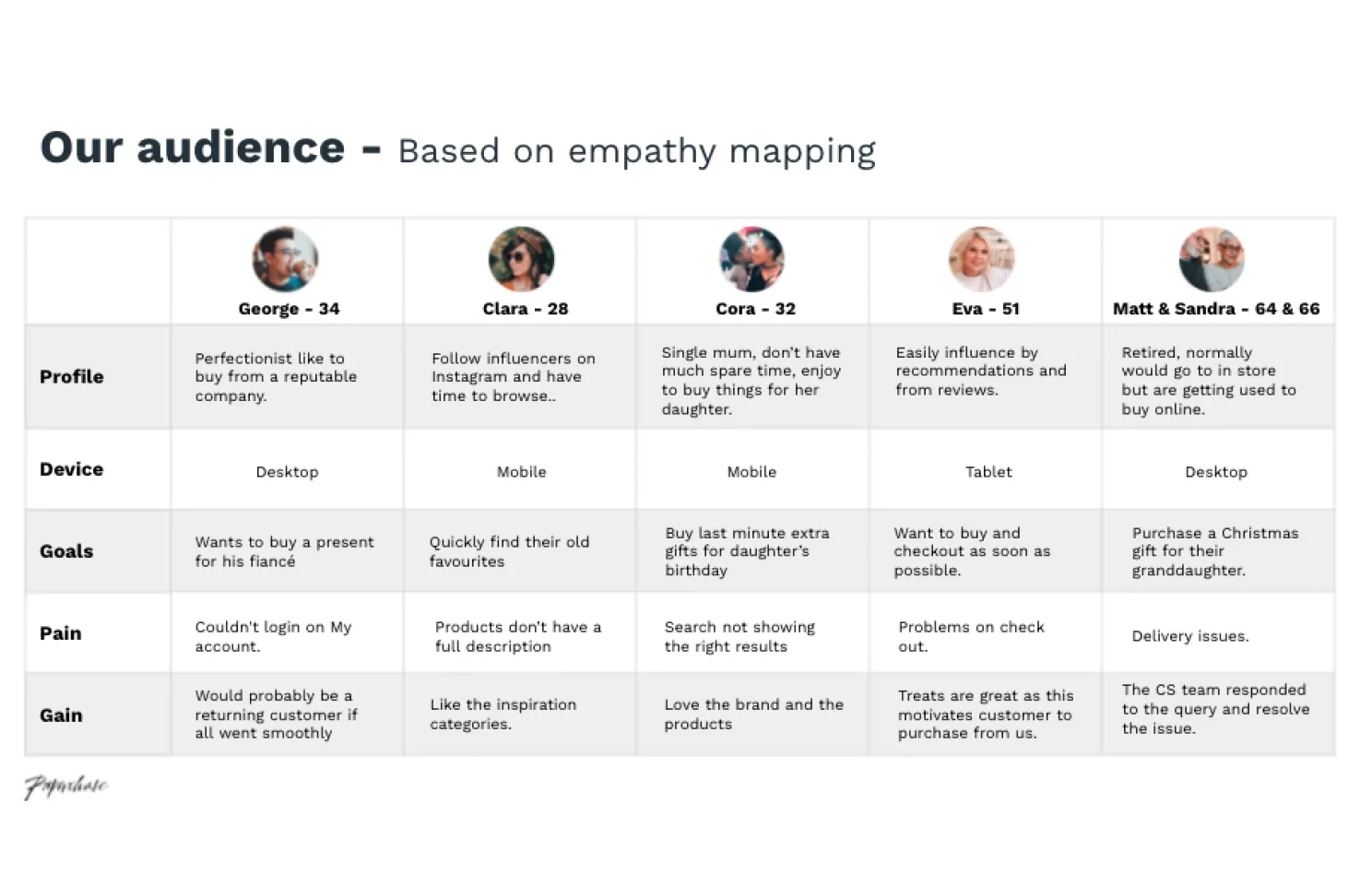
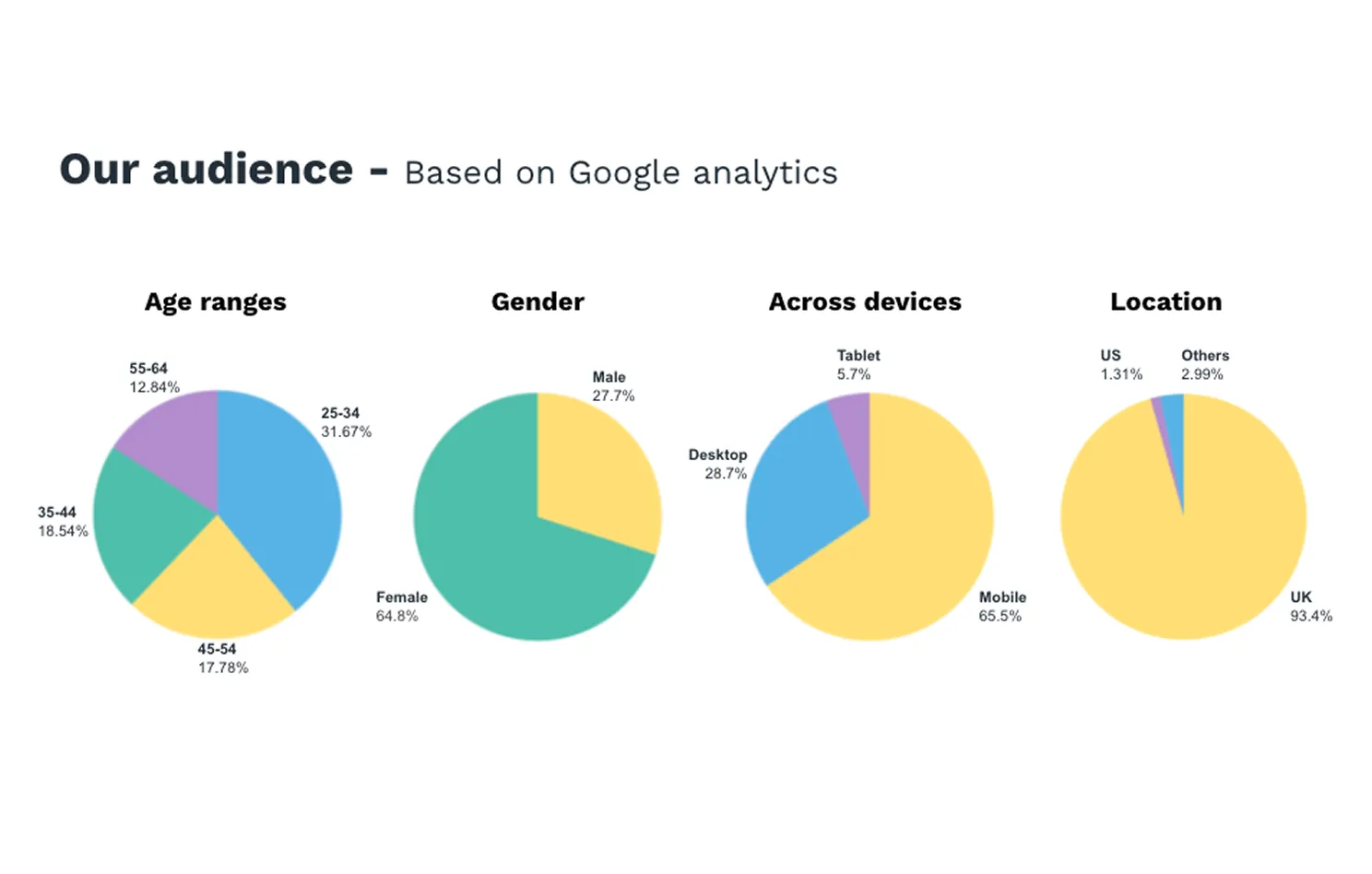

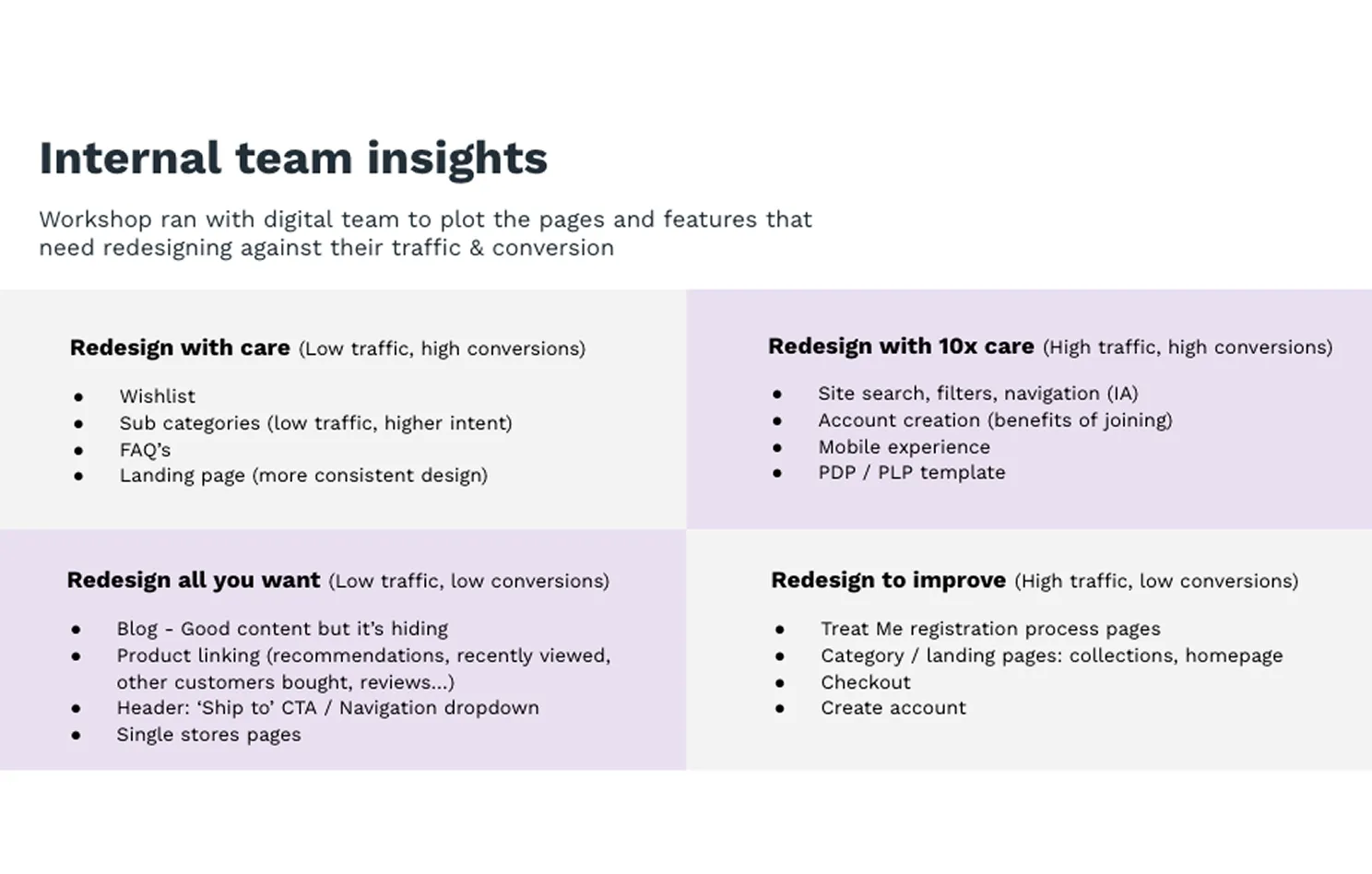
Synthesising our findings helped clarify the core problems and shape the design direction:
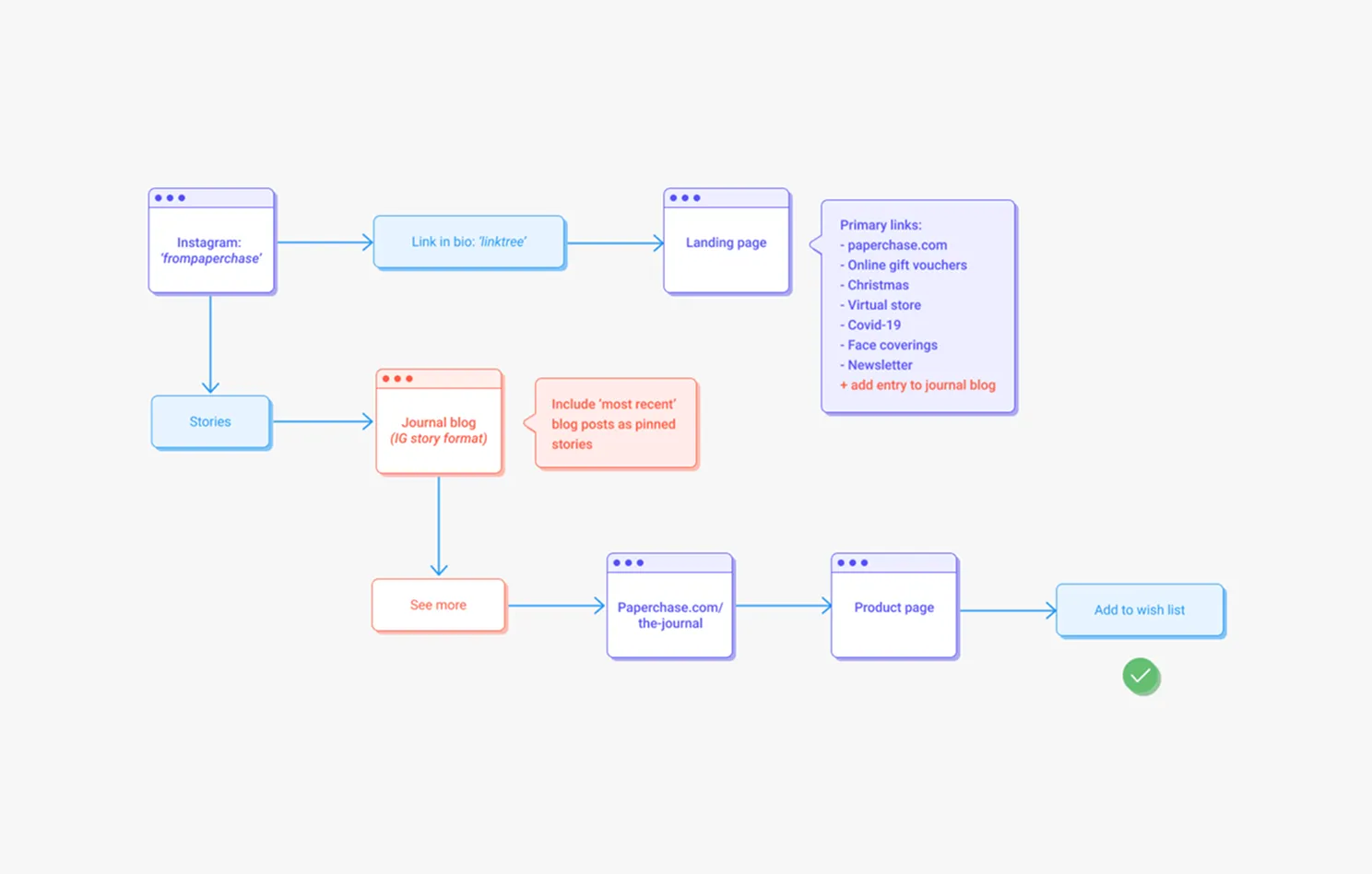
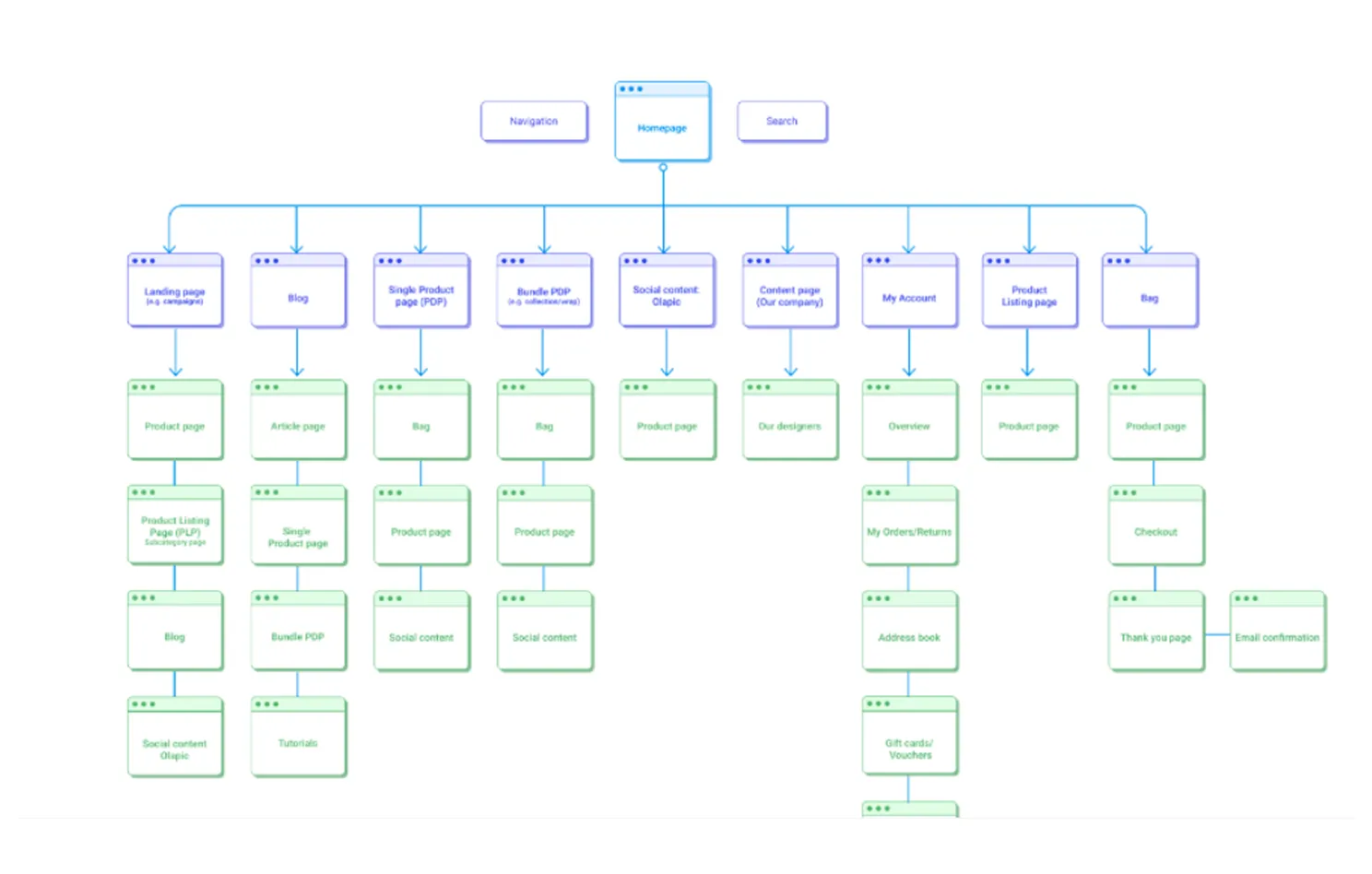


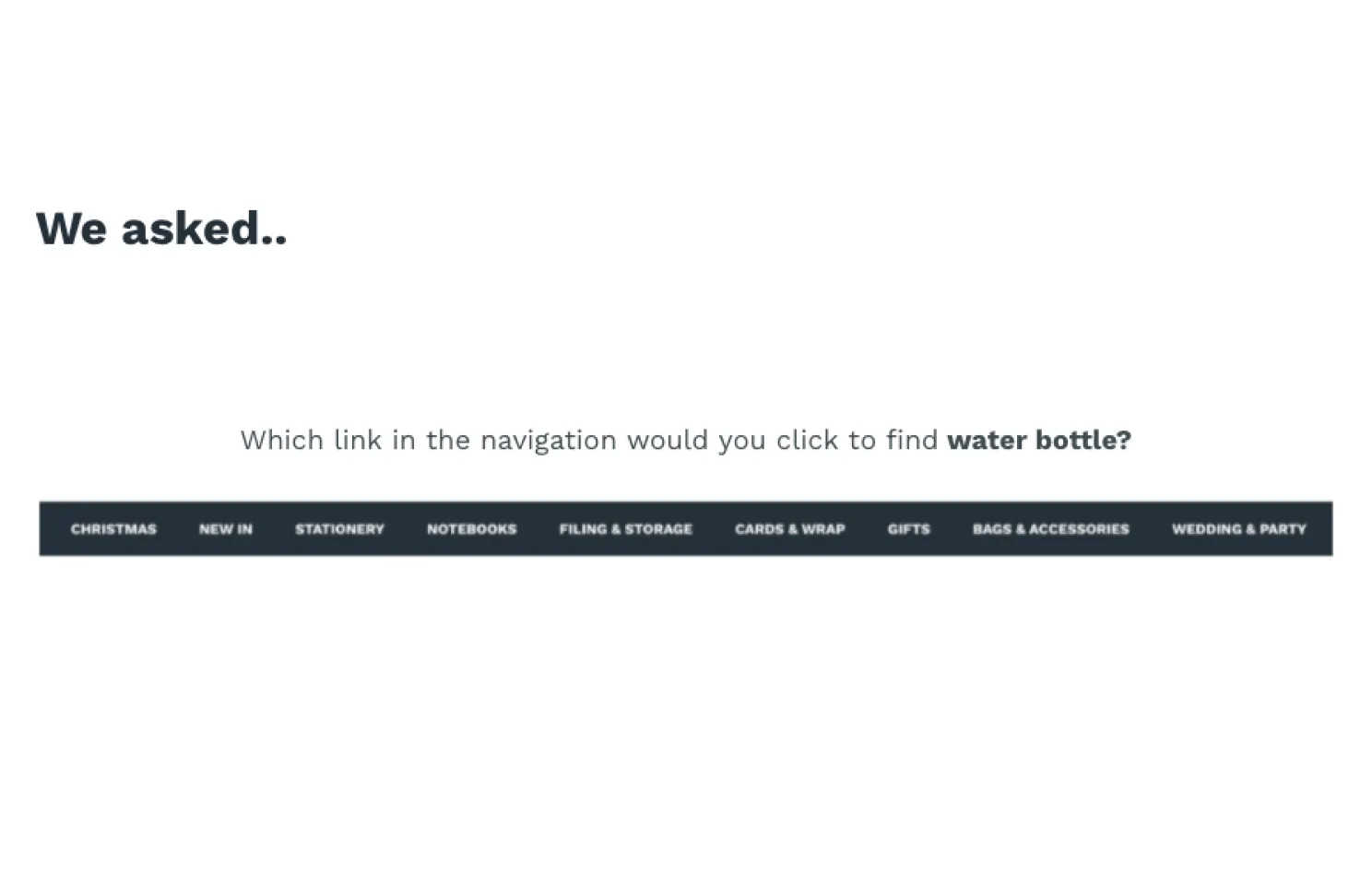
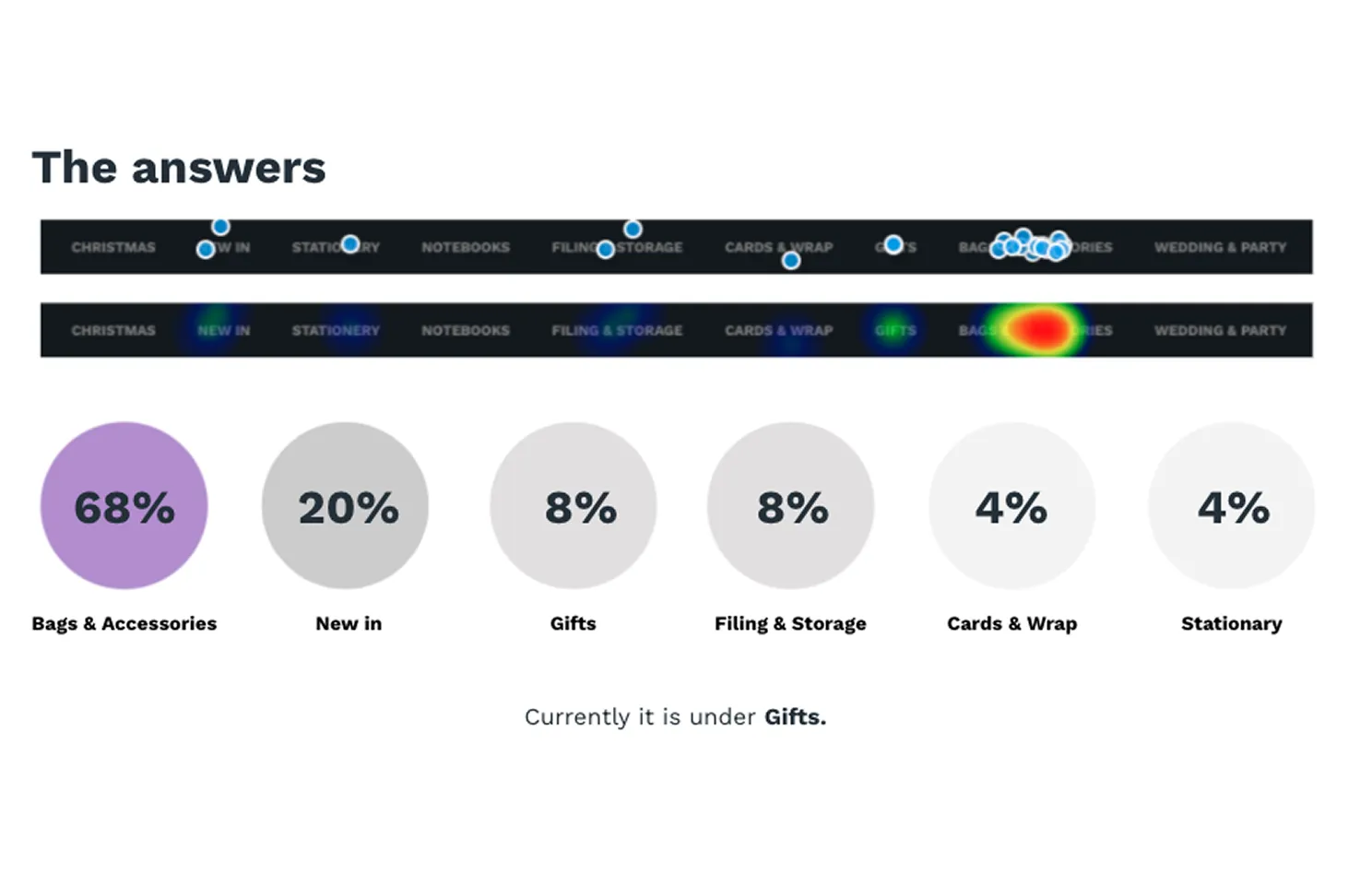
With clarity on user needs and business priorities, the design phase focused on elevating the experience:

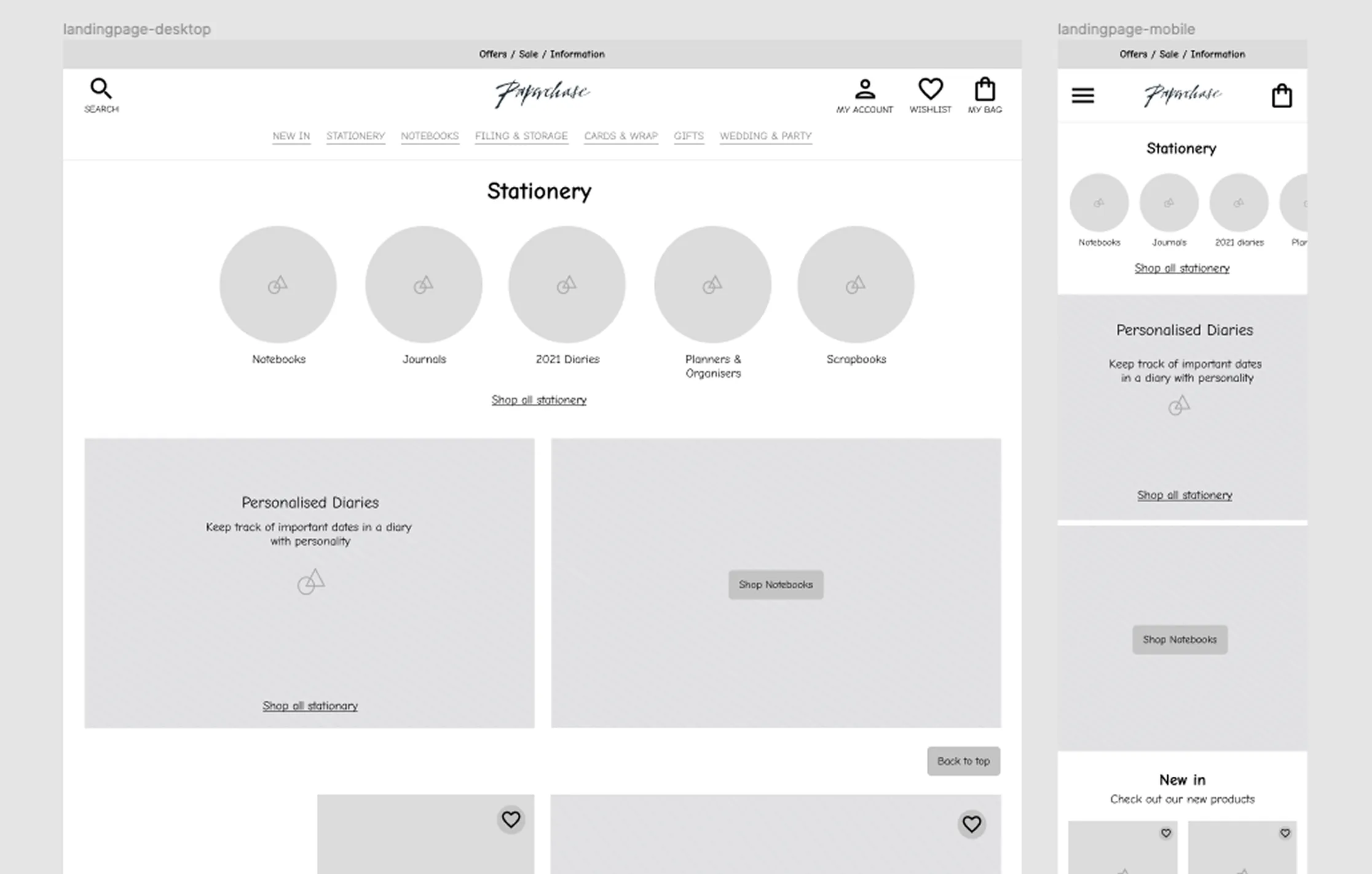

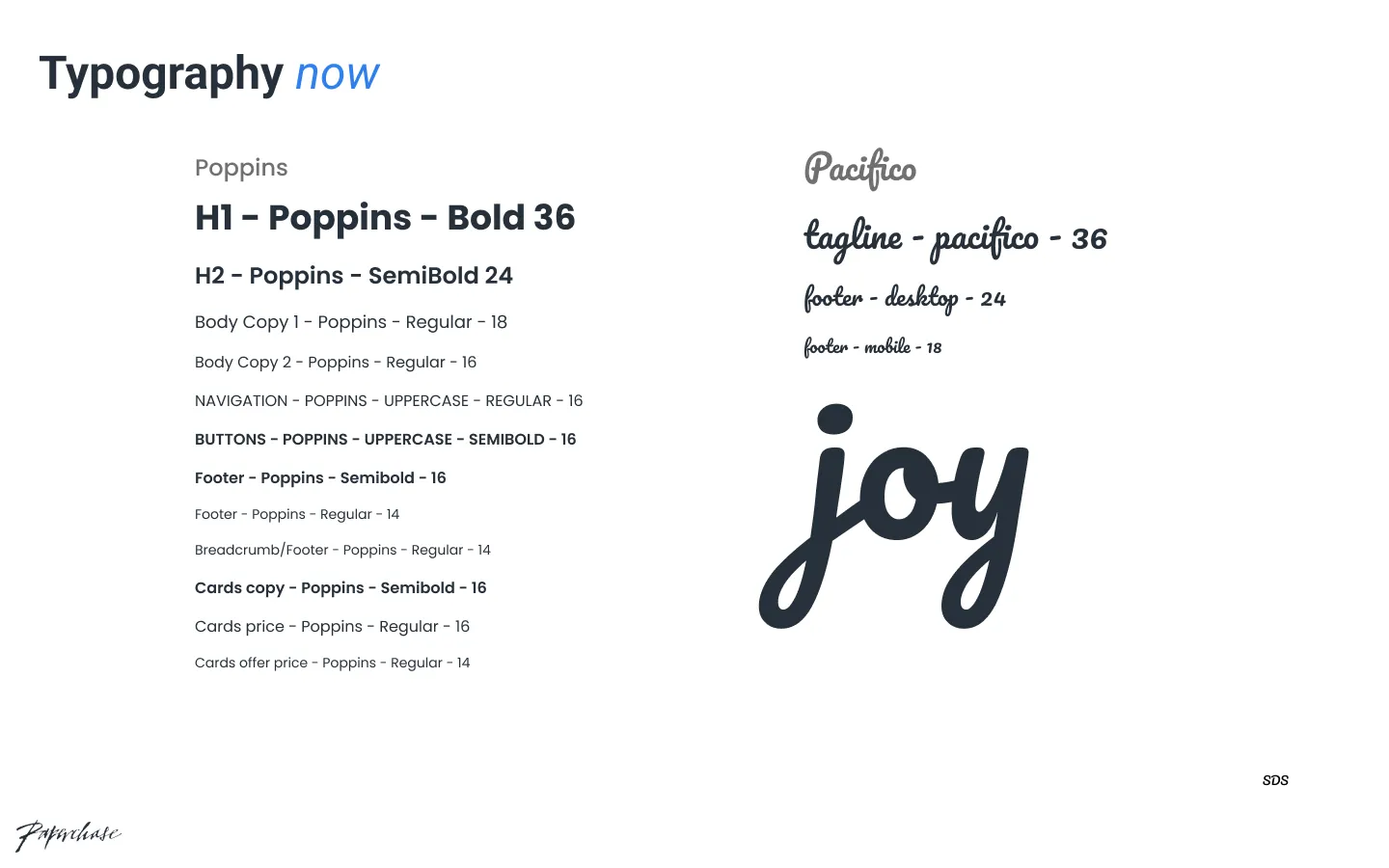
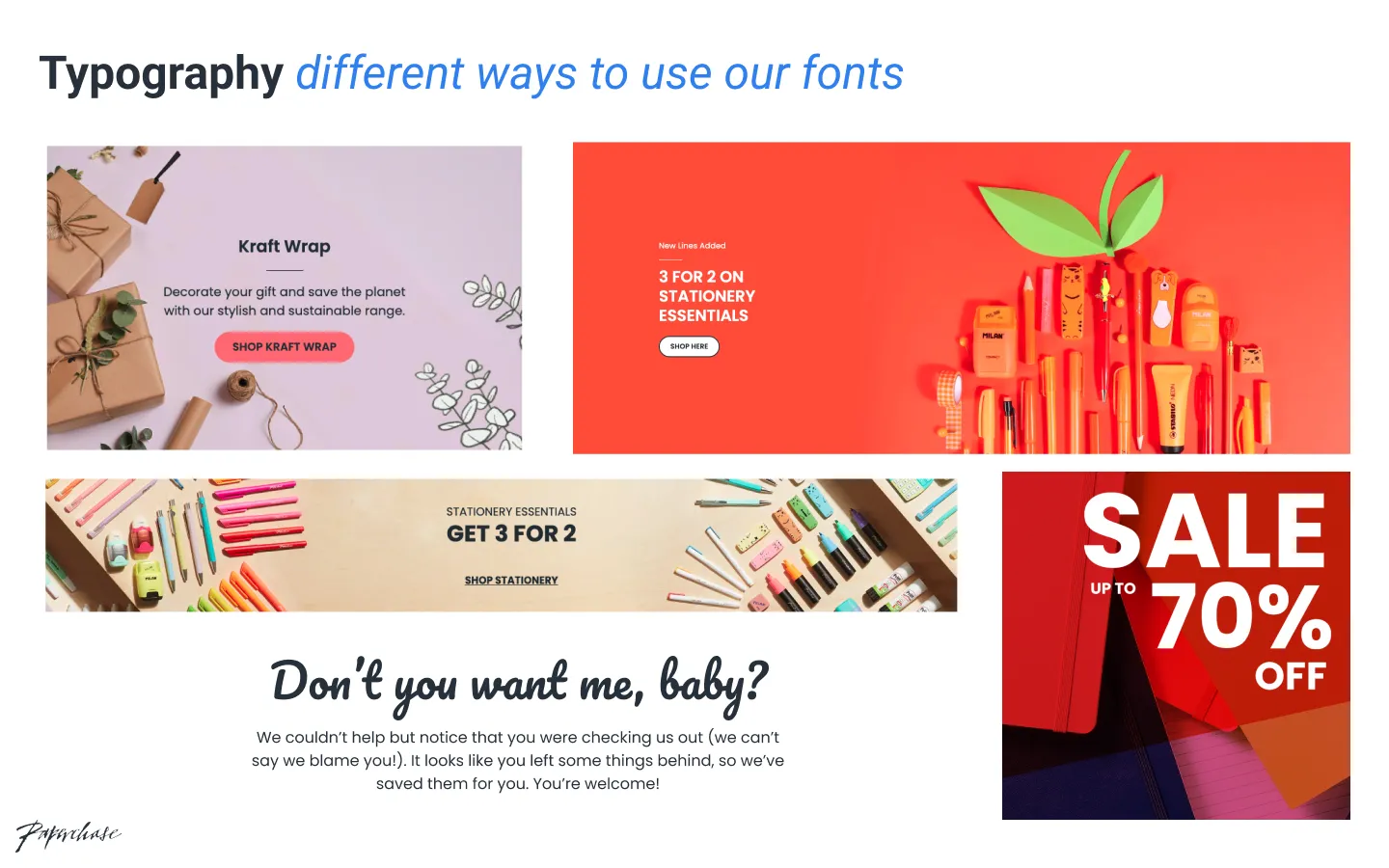



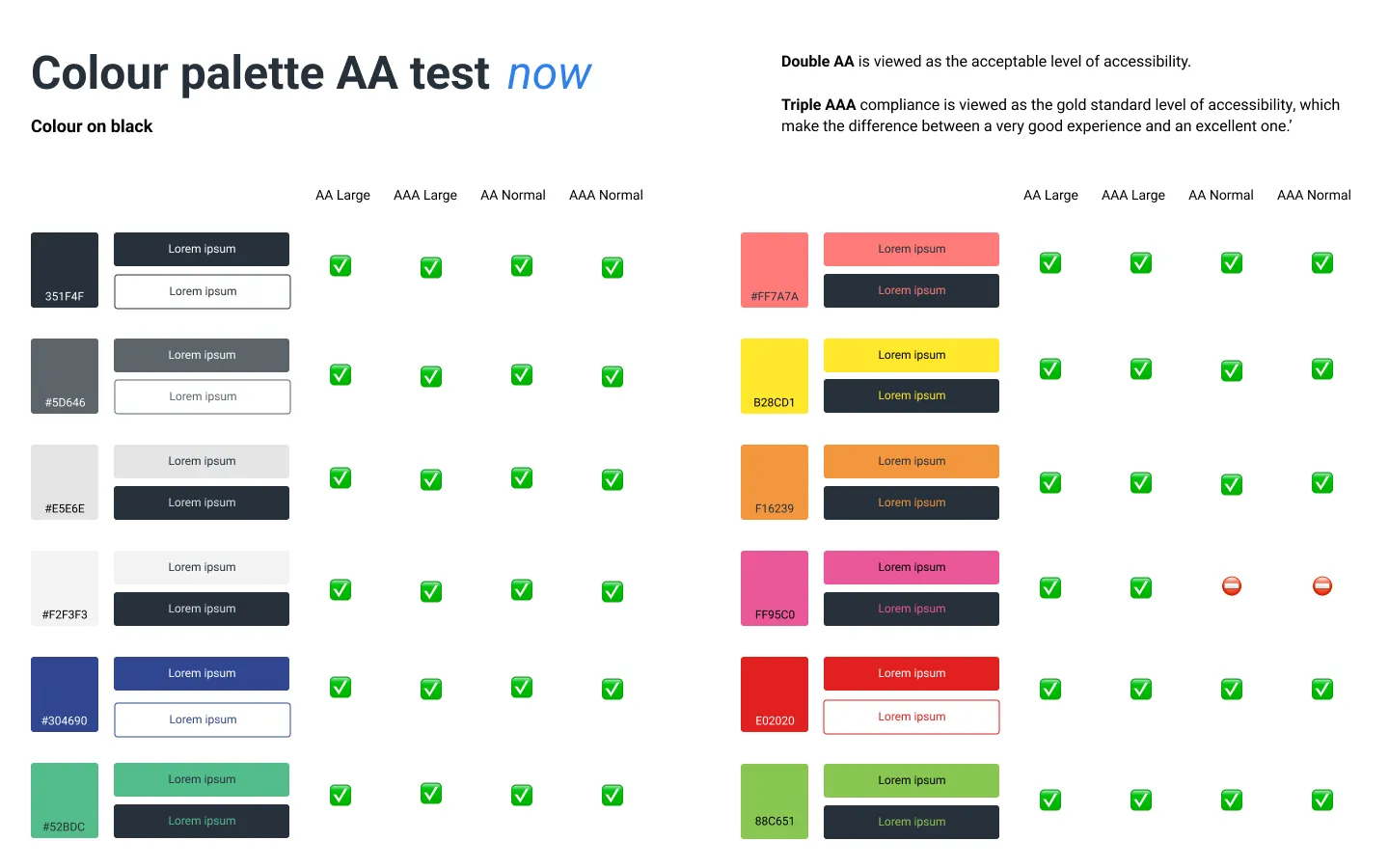
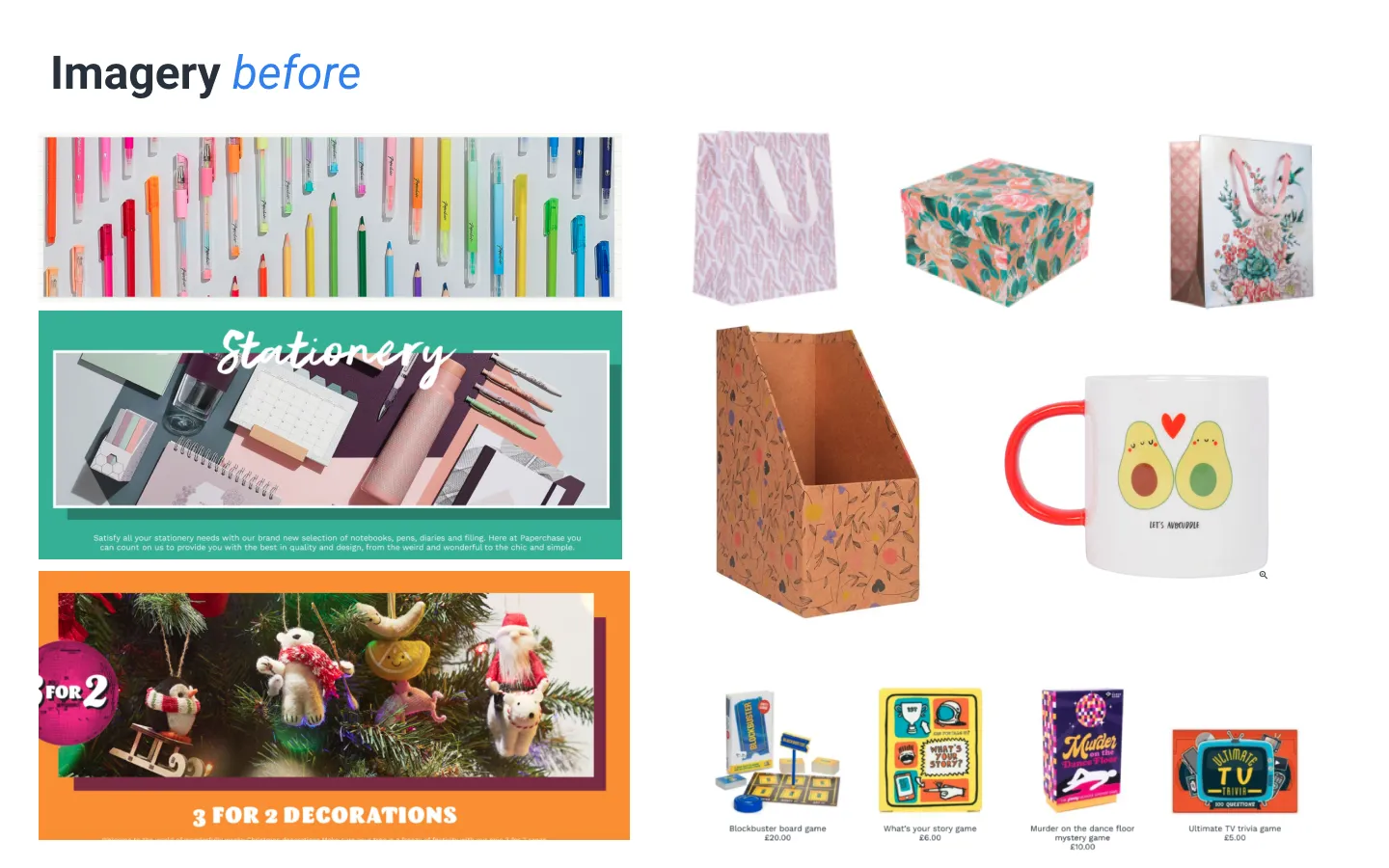
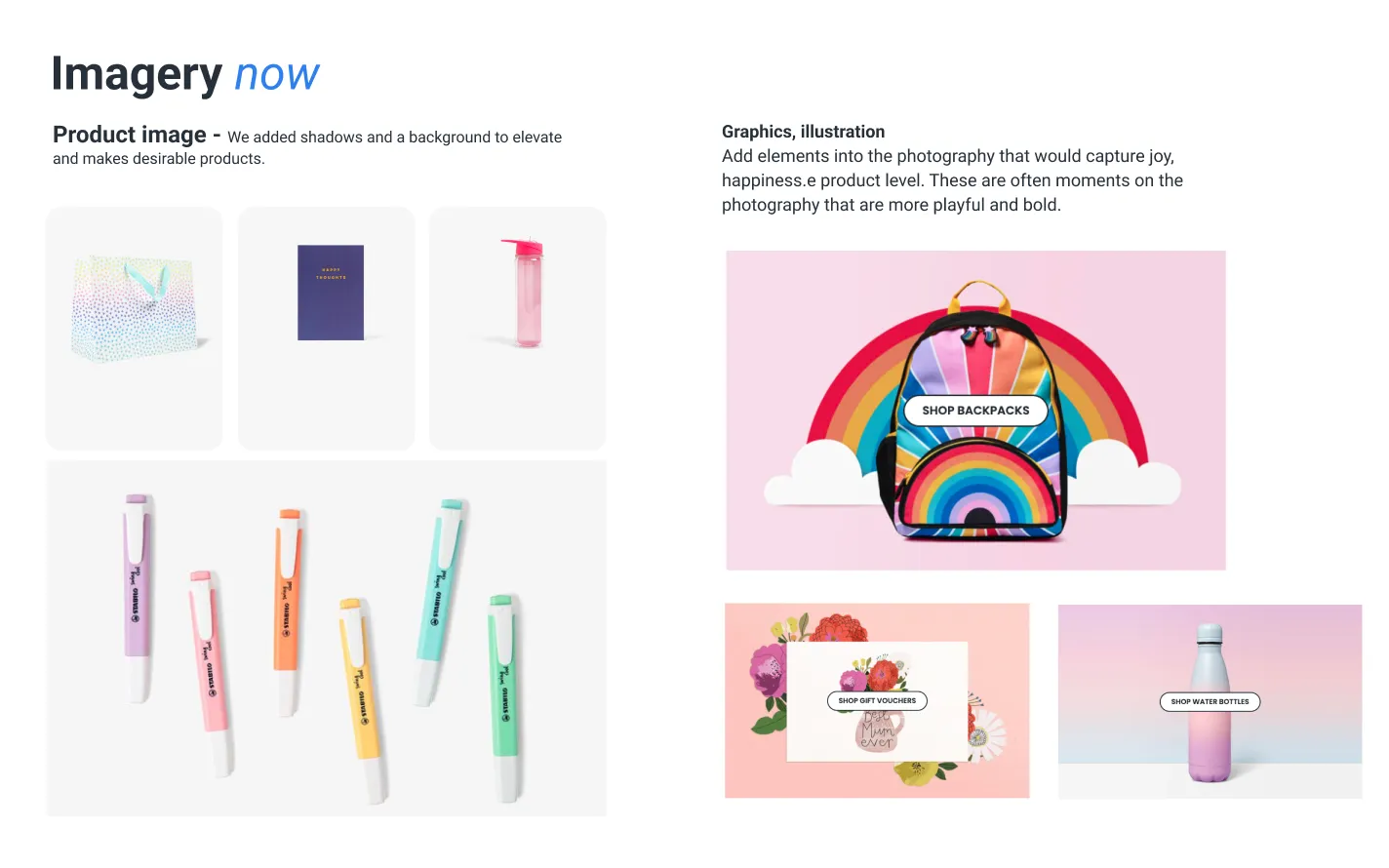
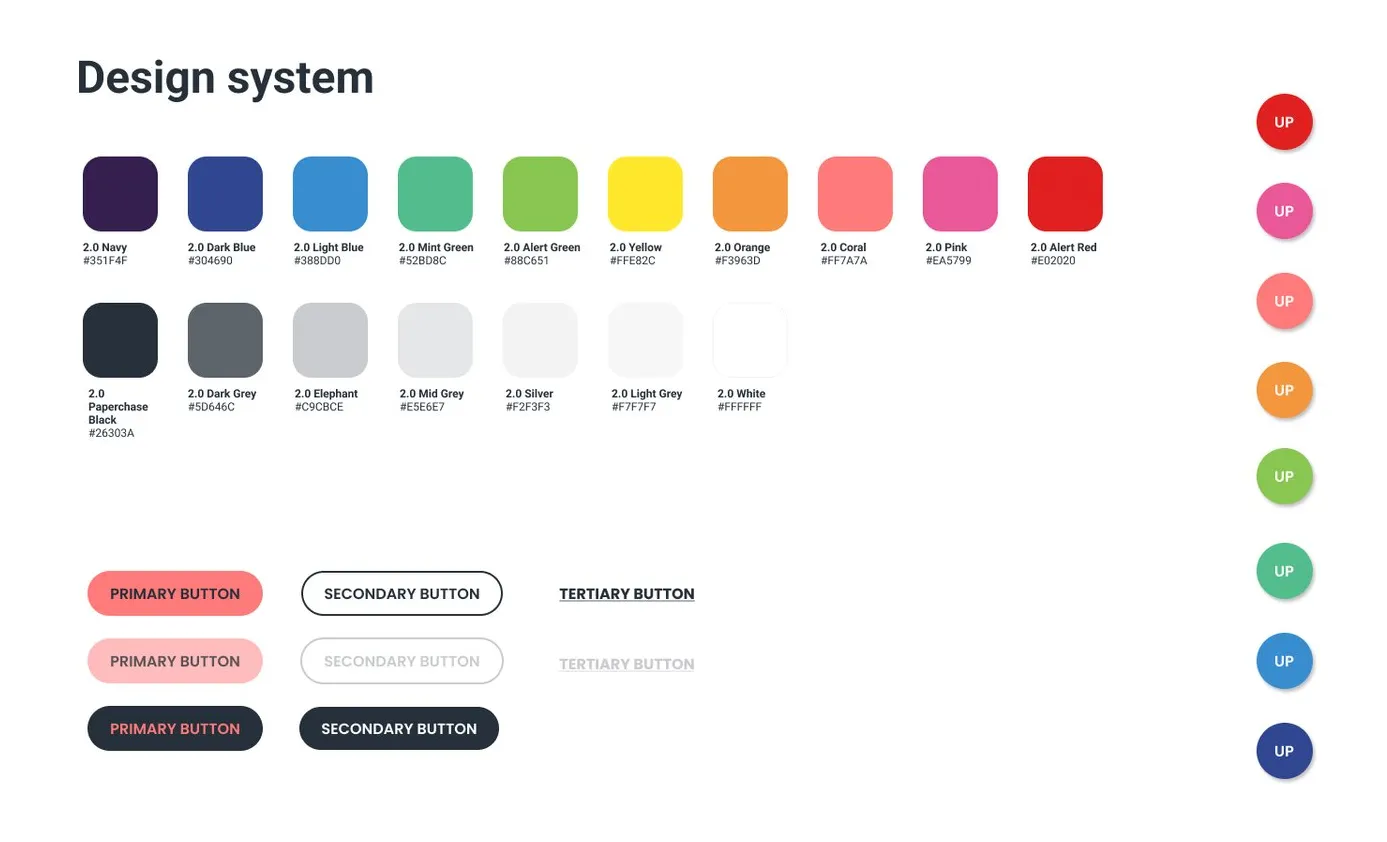
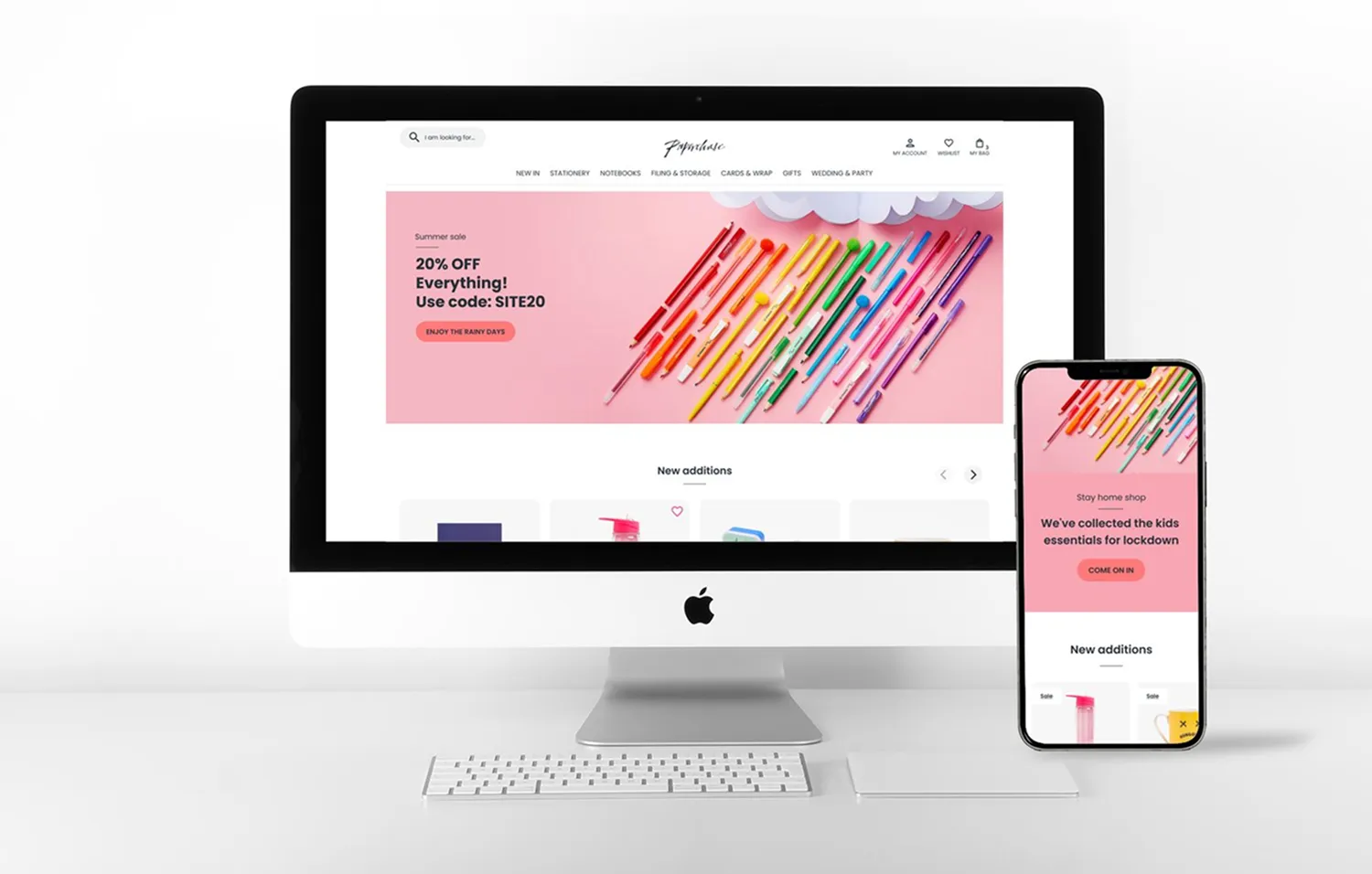
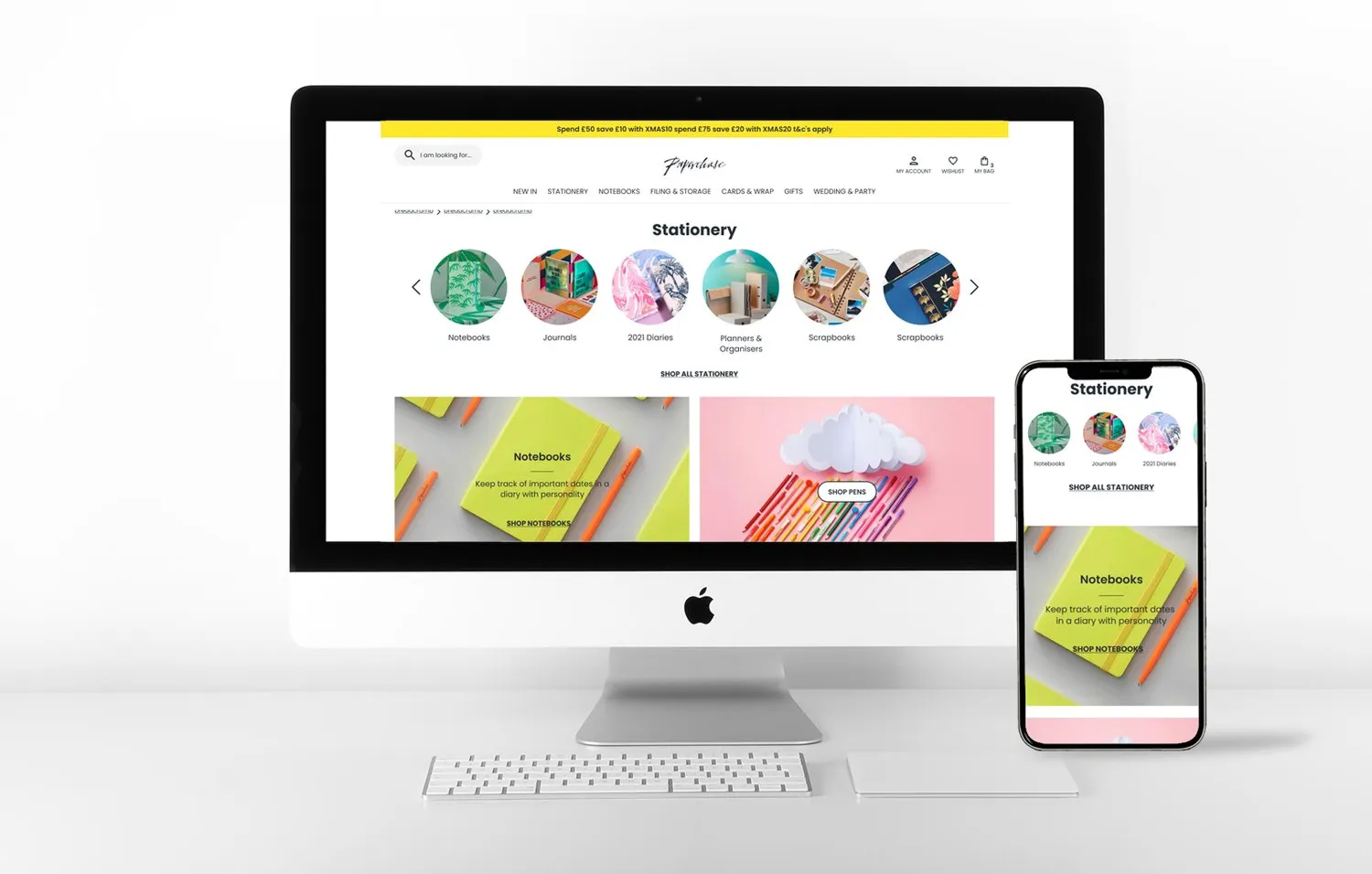
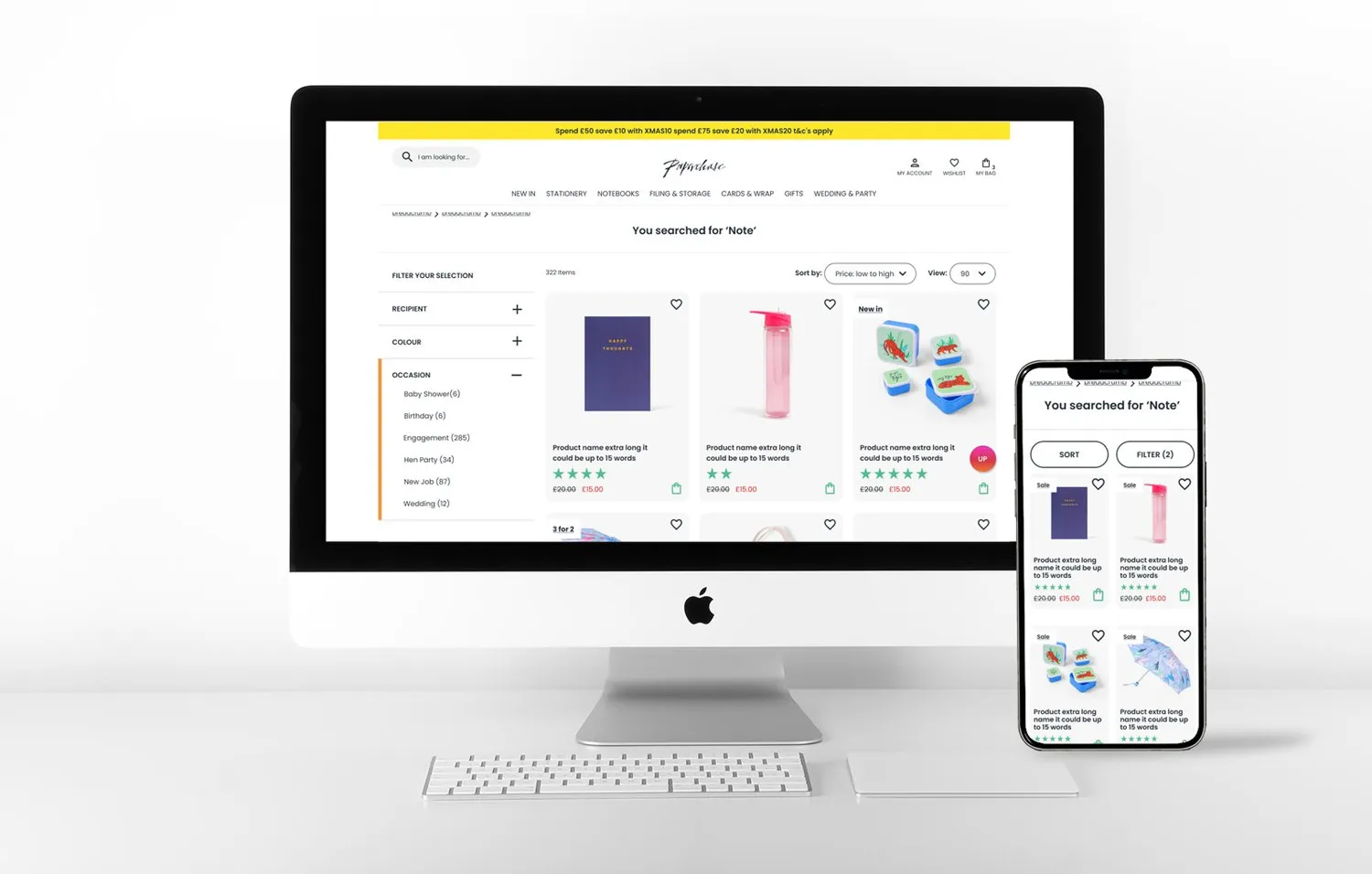

By enhancing the website experience, simplifying the checkout flow, and optimising the design for conversion, the final solution resulted in a 20% increase in user engagement and a more intuitive shopping journey.